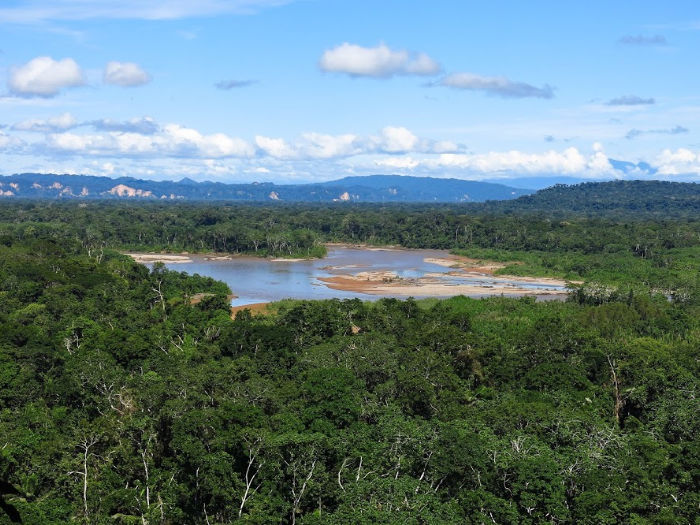Bolivia adopted the historic Law on the Rights of Mother Earth. This was followed by the adoption of the Framework Law on Mother Earth and Integral Development for Living Well in 2012. These recent laws show the Bolivian government’s commitment to protecting nature and implementing sustainable living solutions.

Together with the Bolivian government, local communities, and scientists, we are focused on implementing holistic measures for biodiversity and cultural conservation while mitigating and adapting to a changing climate.
